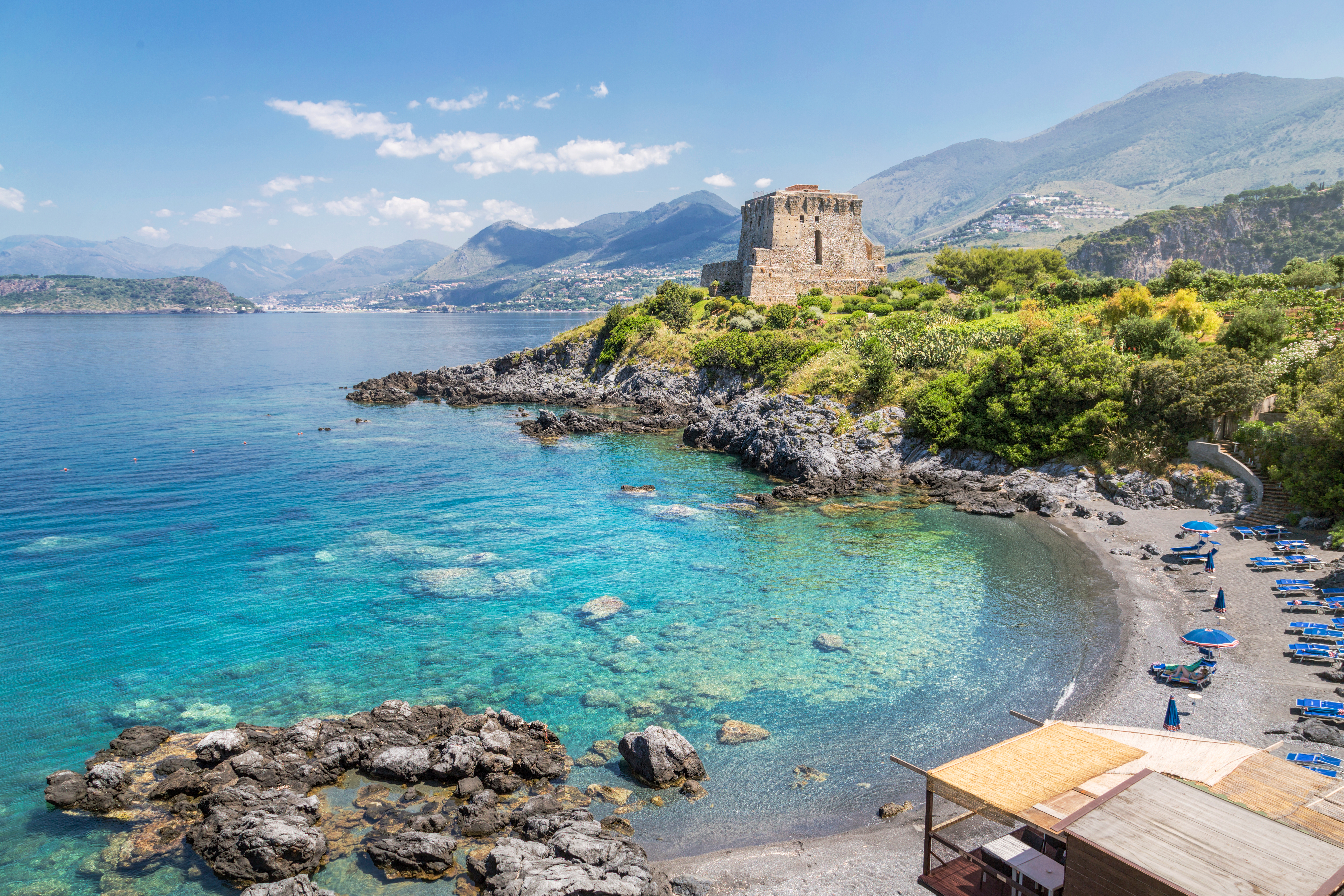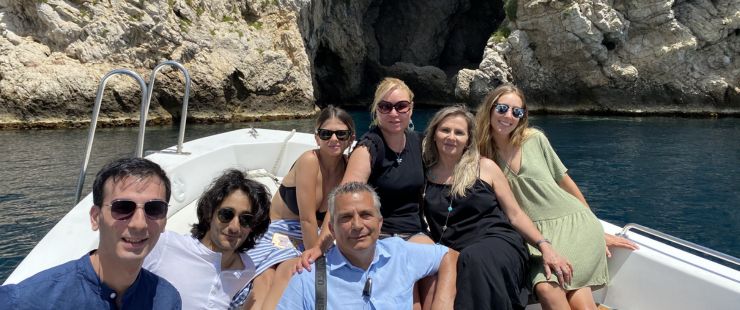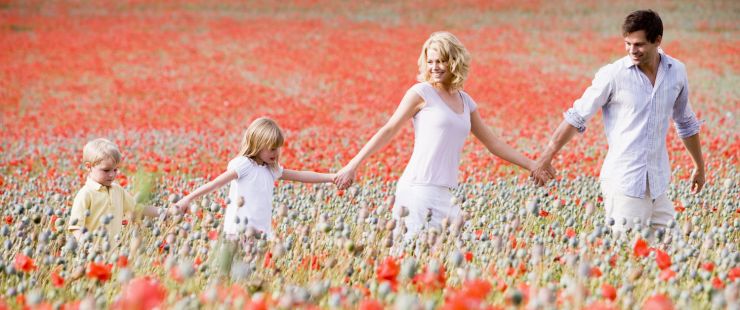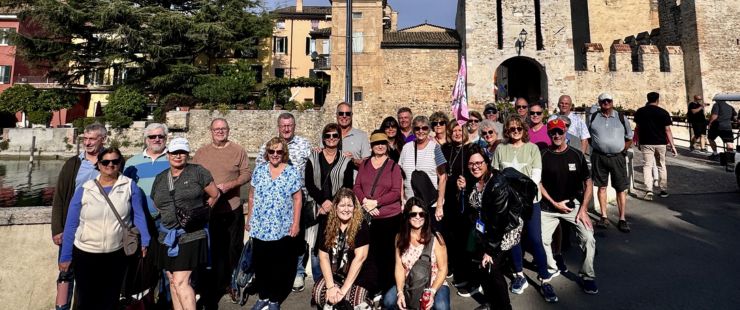Overview
Sitting on a small natural hillock, this completely walled medieval town was built in the 13th century by the overlords of Siena to command the Cassia Road running through the Val d'Elsa and Val Staggia just to the west of Monteriggioni.
Except for some work done in the 16th century, very little work has been done to Monteriggioni's walls or buildings since they were first erected. So, Monteriggioni's walls and the buildings that comprise the town within are the best preserved example of their kind in all of Italy, so it is not surprising that it attracts busses full of tourists, but also architects, historians and archaeologists.
The town served as a defensive fortification that played a vital role in the on-going conflicts between Siena and Florence during the Middle Ages when Florence was driving hard to increase its territory. Over the years, Monteriggioni successfully withstood many attacks from the Fiorentini and a few from forces under the command of the Bishop of Volterra which also asserted dominion over the area).
What Florence could not do by force, it ultimately achieved by guile. The Sienese had placed control of the town's garrison in the hands of Giovannino Zeti, who had been exiled from Florence. Reconciling with the Medicis in 1554, in what is known in Monteriggioni as the "great betrayal", he simply handed the keys of the town over to the Medicean forces.
The more or less circular walls with a total length of about 570 meters were built between 1213 and 1219, following the natural contours of the hill. There are fourteen towers on square bases set at equidistance, and two portals or gates. One gate, the Porta Fiorentina opens toward Florence to the north, and the other, the Porta Romana, faces Rome to the south. The main street within the walls connects the two gates in a more or less straight line.
The main piazza, the Piazza Roma, is dominated by a Romanesque church with a simple, plain facade. Other houses, some in the Renaissance style, once owned by local nobles, gentry and wealthy merchants facing into the piazza. Off the main piazza smaller streets give way to public gardens fronted by the other houses and small businesses of the town. Back in more hostile times, these gardens provided vital sustenance when enemies gathered without.
The Tuscan poet Dante referred to Monterrigioni in the Divine Comedy: Inferno, xxxi. 41-44 '...come in su la cerchia londa Monteriggioni di torri si corona'. Modern day artists are just as impressed: Monteriggioni, so evocative of the Medieval period, has been featured in a number of films and television commercials.
Modern visitors arriving at night will be amazed by the way the town seems to float above the valley because its hillside walls and towers are lit from below with a lovely golden light.
Gallery
Location
Private and Small Group Tours
Multi-Day Holidays Tours
Hotel
Villas
Apartment
Gallery





Our Featured Properties
For Customized Holidays and Expert Advice, for travel in Italy and the Mediterranean,
get in touch with your travel agent or contact us via our
Trip Planning Questionnaire.
-
Direct In Italy: +39 375 823 5314
-
Toll Free: 1-866-779-2565



























